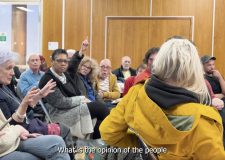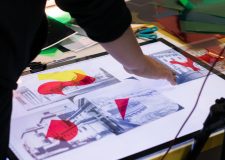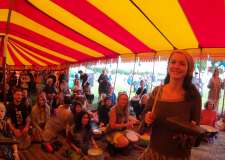Brighton hospital handles big rise in trauma patients
About 500 patients have been coming through the doors of Accident and Emergency in Brighton almost every day.
And the number of trauma and major trauma cases has risen almost fourfold since capacity was upgraded.
Fifty-two major trauma incidents had been dealt with so far this month compared with 14 in May last year. Seventy per cent were from the local area with the rest from the wider region.
Some patients with serious head injuries are being taken elsewhere, notably St George’s in Tooting in south west London.
A report to the Brighton and Sussex University Hospitals NHS Trust board by chief operating officer Nikki Luffingham added: “The volume of new orthopaedic trauma patients has also increased markedly from 257 to 333 between January and April.”
The Royal Sussex County Hospital in Brighton became the regional major trauma centre at the start of last month (April).
The report said: “Like other major trauma centres in England, all aspects of the new major trauma service were not in place for 1 April and an interim solution for the management of traumatic brain injuries has been implemented.”
Jo Andrews, strategy director, said that he had been on call at the weekend and was proud of the way the new trauma centre was working.
Duncan Selbie said that the rise in the number of trauma patients – those with the worst injuries – had been planned for. And he said that their treatment should not be at the expense of those turning up at A&E.
He said: “Every single one of those individuals needs to be triaged, assessed and given treatment.
“Just as the NHS used to be surprised by winter each year, and more recently by bank holidays, but we know they come round every year, so we have to expect that this is the norm.
“It is possible to do a good job while giving patients a miserable experience. But we should be giving all our patients a good experience and it has to be possible to do both.”
He said that he was confident that thus is what would happen.
One need, he said, was to try to discourage people from coming to A&E unless they really needed to.
It was felt that the urgent care centre – costing about £900,000 a year – acted like a Belisha beacon, attracting people to A&E.
He said that in the coming months this was likely to be discontinued with an extra resident consultant being employed instead.
The hospital is also working to improve staffing by consultants and experienced clinicians at weekends on a sustainable basis. At the moment much of the cover relies on goodwill.
The board was told that two locum neurosurgeons were working at the trauma centre at the Royal Sussex with another starting imminently. Some patients with brain injuries were still being sent to Hurstwood Park.
Two out of six permanent middle-grade neurosurgeons have been appointed and interviews for the remaining four posts are being held next month (June). The surgeons should be in post in the autumn.




















